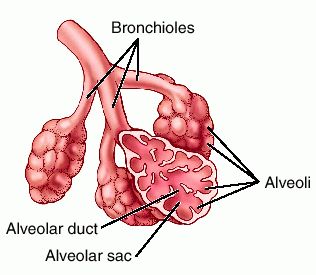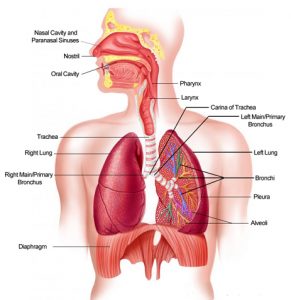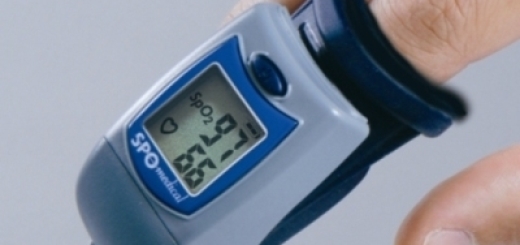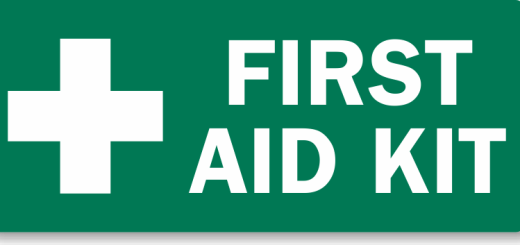A Complete Guide to the Respiratory System
The respiratory system can be defined as a network of tissues and organs that help a person breathe.
Let’s get an overview of the respiratory system before we discuss further about it:
- A person’s blood vessels, lungs, and airways make up their respiratory system.
- Another part of the respiratory system is the muscles that power up the lungs.
- Different elements within the respiratory system function together so that oxygen reaches every body part.
- The respiratory system helps us breathe in oxygen and breathe out carbon dioxide.
Now that you have an idea of what the respiratory system is, we will be getting into a detailed discussion that can help you learn more about it.
What is the Function of the Respiratory System?
The following are the functions performed by the respiratory system:
- It helps us smell and talk.
- It warms the air so that it matches the temperature of our body and also moisturises the body according to the humidity level our body requires.
- It provides oxygen to our body’s cells.
- It keeps the airways protected from irritants and harmful substances.
- It gets rid of waste gases as we exhale, such as carbon dioxide.
What are the Parts of the Respiratory System?
The respiratory system has numerous parts that work together to help a person breathe. Each group has various components. Let’s look at the groups and those components to understand their role in the respiratory system.
The airways supply air to the lungs, and the parts that fall under the system of the airways are:
- Nose and mouth: The nose and mouth get air into the respiratory system from the outside.
- Lungs: The lungs take oxygen from the air and supply it to the blood.
- Trachea: Trachea is the road connecting the lungs and the throat.
- Throat/pharynx: Air gets delivered from the nose and mouth to the windpipe or trachea through the pharynx.
- Sinuses: There are hollow parts between the bones in a person’s head, known as sinuses. They help in regulating the humidity and temperature of the air we breathe in.
- Bronchial tubes: Bronchial tubes can be found at the lowermost area of the windpipe. These tubes are connected to the lungs.
The blood in your system delivers oxygen from the lungs to the tissues and every organ in your body. The air that gets in and out of your lungs receives help from certain bones and muscles to perform this function. Some of those bones and muscles are:
- Ribs: Your heart and lungs are surrounded and protected by bones known as ribs.
- Diaphragm: A diaphragm is a muscle that helps your lungs in pulling in air and pushing it out.
When we exhale, carbon dioxide and wasteful elements get carried out by the blood present in our body. The following parts help the blood vessels and lungs:

- Alveoli: The exchange of oxygen and carbon dioxide happens through small air sacs that are present in your lungs, and these are called alveoli.
- Bronchioles: The bronchial tubes have tiny branches known as bronchioles, and these are connected to the alveoli.
- Capillaries: The alveoli walls have blood vessels called capillaries, whose function is to move carbon dioxide and oxygen.
- Lung lobes: Lung lobes are the names of the sections your lungs have. The right lung has three lobes, and the left has two lobes.
- Pleura: Every lung lobe is surrounded by a thin sac, and these sacs are called pleura. These act as a gap between your lungs and your chest wall.
What are the Conditions that Affect the Respiratory System?
The tissues and organs of the respiratory system could be affected by several conditions. While some of these conditions develop because of infection-causing bacteria and viruses, others happen due to the irritants we inhale.
A couple of the conditions that can affect the respiratory system are as follows:
- Asthma: Asthma is a long-term disorder that makes it difficult for a person to breathe as it leads to inflammation in the airways.
- Allergies: Inflammation in the airways can happen due to allergies which occur when we breathe in proteins such as pollen, mold, and dust.
- Infection: Infections can often cause you to develop pneumonia or bronchitis, which means inflammation of the lungs and bronchial tubes, respectively. Other common infections include a cold or the flu.
- Disease: The respiratory system can get harmed by disorders such as chronic obstructive pulmonary disease (COPD) and lung cancer.
- Damage: A person can experience breathing issues when their respiratory system gets damaged in any manner.
- Age: A person can develop certain conditions as they get older since one’s lung capacity decreases with age.
How to Keep the Respiratory System Healthy?
Listed below are some ways in which you can keep your respiratory system healthy:
- Stay away from pollutants that can harm your airways, and this includes chemicals and secondhand smoke.
- Have a mask on whenever you’re exposed to dust, fumes, and any type of pollutant.
- Indulge in daily exercise to maintain the health of your lungs.
- Avoid smoking.
- Follow a healthy diet and drink lots of water.
- Wash your hands to keep infections away.
- Ensure you get a flu vaccine every year.
FAQs
What are some of the main functions of the respiratory system?
Some of the main functions of the respiratory system are to help a person breathe, exchange oxygen and carbon dioxide, and to help a person smell.
Which is the main organ of the respiratory system?
The main organs of the respiratory system are the lungs.
What is the function of the nose?
The nose helps a human being have a sense of smell and also filters out allergens and dirt when a person inhales.
What are some of the respiratory diseases?
Some of the respiratory diseases are asthma, lung cancer, and tuberculosis.
Which lung is bigger?
The right lung of a human being is slightly bigger than the left lung
Conclusion
The key points to keep in mind about the health of your respiratory system are:
- If you ever find it difficult or painful to breathe, contact your doctor immediately.
- As soon as you reach out to your healthcare provider, they will look for symptoms of respiratory issues by listening to your heartbeat, chest, and lungs.
- Your doctor could ask you to get some imaging tests done, such as an MRI or CT scan. This helps in determining whether your respiratory system is functioning well or not.
- Schedule periodic checkups with your doctor to make sure your respiratory system is healthy, and you’re not at risk of any serious respiratory issues.
- Don’t ignore any respiratory problems if they ever show up. The sooner an issue gets diagnosed, the sooner it can be prevented from becoming severe.






